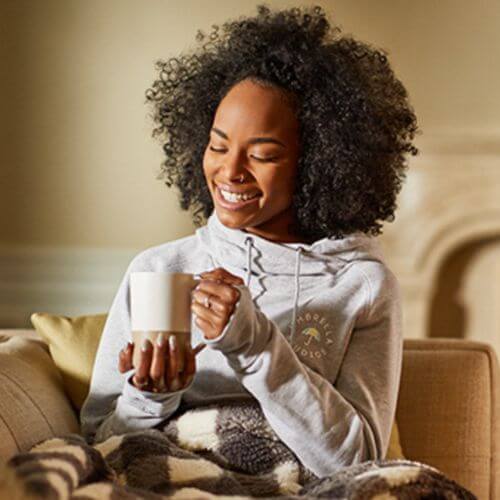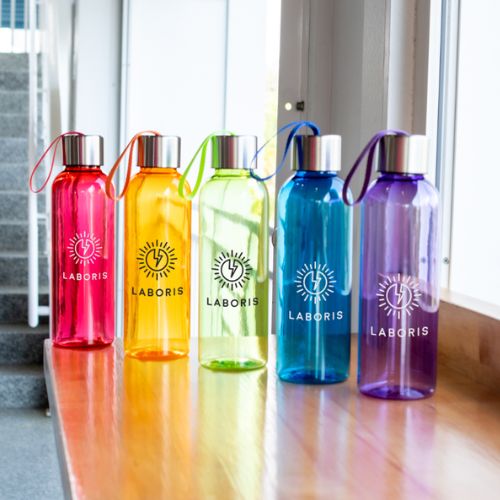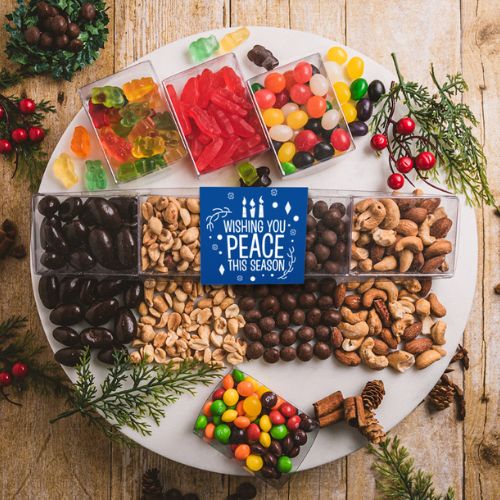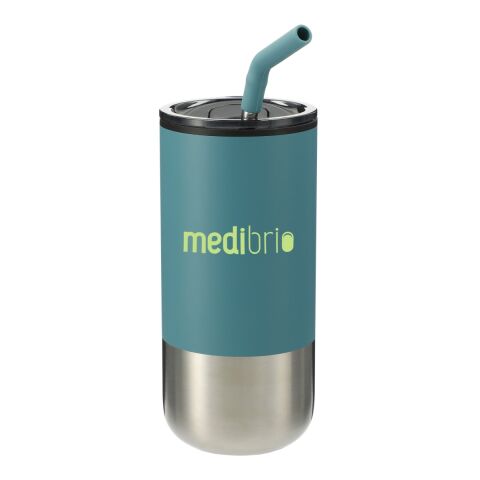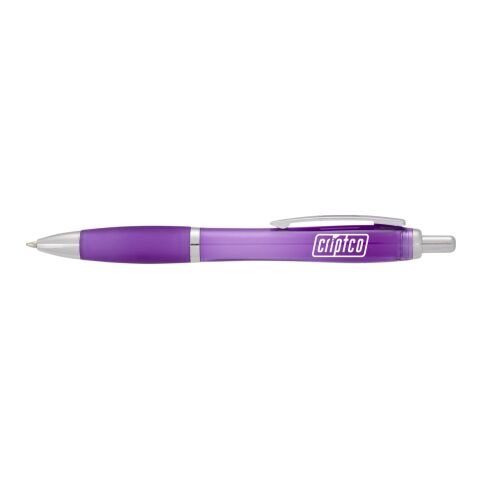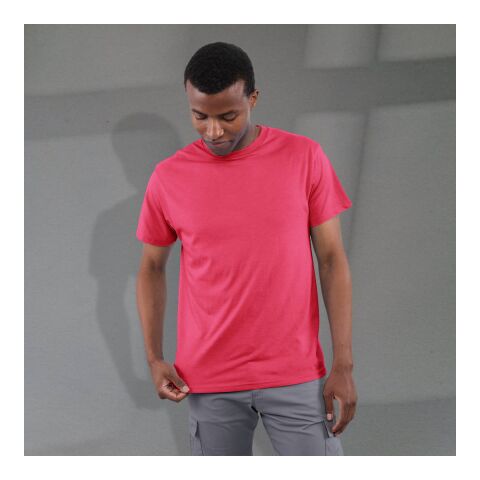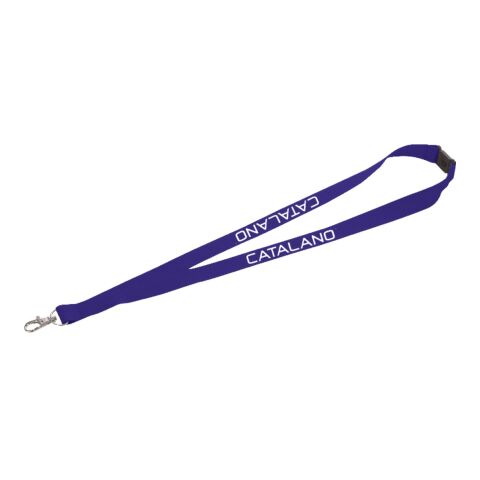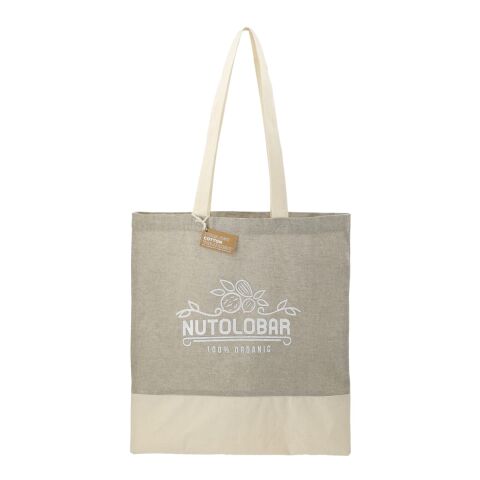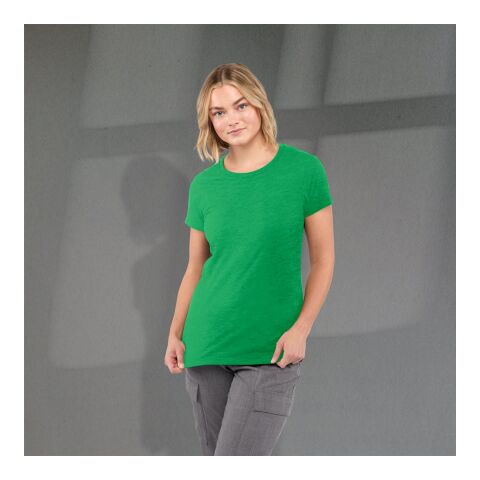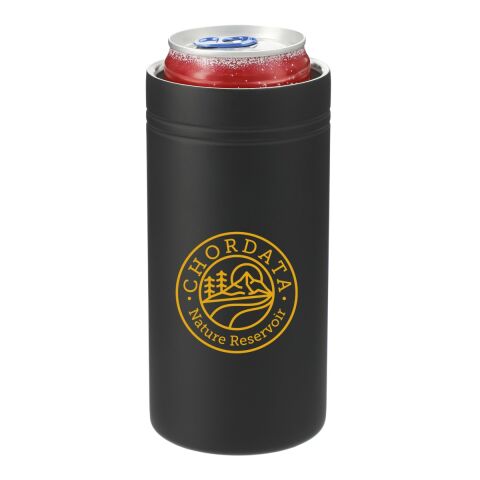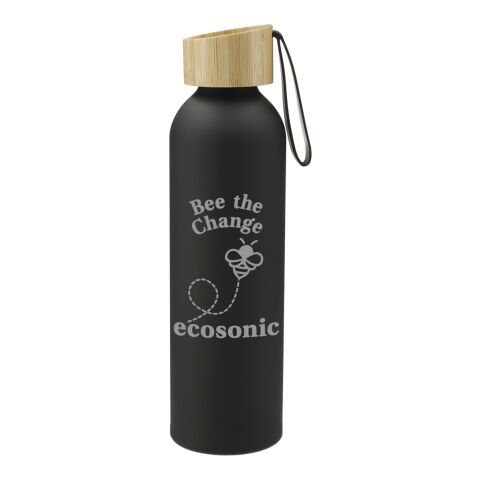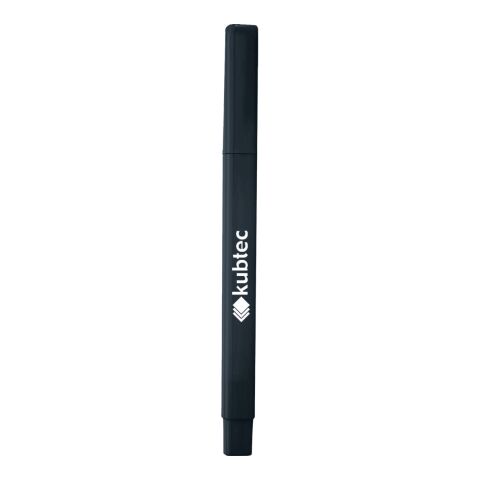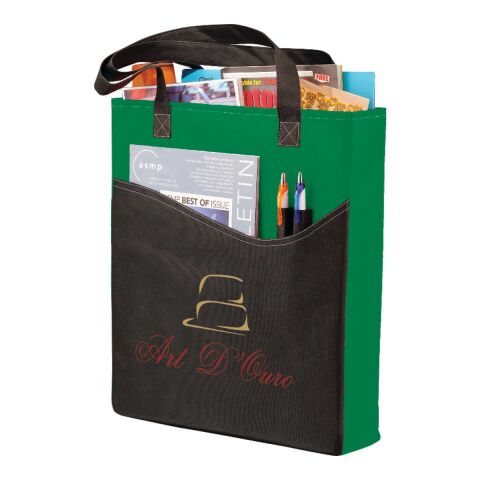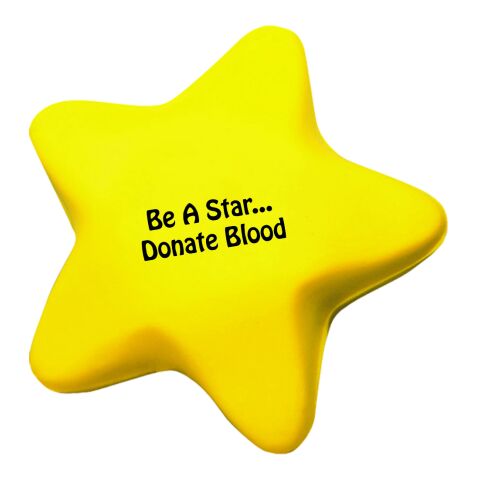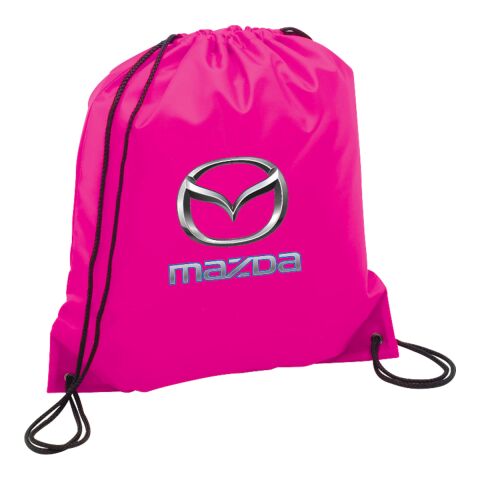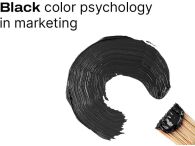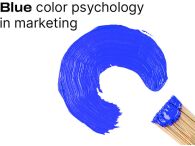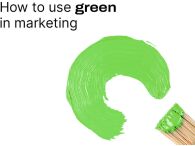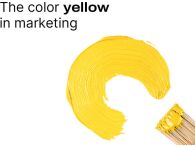Color Psychology: Color Meaning in Marketing & Advertising
Color psychology plays an important role when it comes to offline marketing, branding and promotional products. Different colors have a different effect on people, in many cases an emotional one. When coming up with a brand design or choosing which promotional item you would like to order, consider the various colors to get your point across in the proper manner. Dig deeper beyond thinking about warm and cold colors, but how all the colors of the rainbow can have an effect on you and your target audience.

Colors play a key role in marketing and advertising because colors influence our (buying) behavior - sometimes obvious, sometimes subtle. How? Through emotions. Colors have a strong psychological effect on people. Colors touch our senses, influence our feelings and evoke certain reactions. These reactions are a very complex combination of personal taste, cultural background and upbringing.
The power of color over our behavior
Ever walked into a room and immediately calm or oddly anxious, but didn't understand why? Colors are to blame, or to thank. Color isn't just decoration and styling for marketers. Corporate colors are a means of communication.
The hues you choose in your branding and packaging aren’t only there for aesthetics. Corporate colors speak to customers on a subconscious level. They influence how customers feel about your business before they even see your products.
Think about that iconic fast food red and yellow combo, you might think quick, cheap, tasty... and maybe not the healthiest choice. Now imagine those same colors on an insurance company’s website. Doesn’t exactly scream “trustworthy and stable,” does it? That’s the subtle but powerful effect color psychology has on consumer perception. For this reason, smart marketers are paying attention.
Let’s dive into the fascinating and surprisingly complex world of color psychology. The wrong shade might be costing you more than just style points.
Colors in marketing - Choosing the right color for your brand
Companies use colors specifically for their positive appearance whether in product design, in advertising or in web design. To reinforce their mission, brands and companies like to make their logos colorful. How does each color work? How is each color perceived? How does each color make people feel? We will walk you through a brief overview of the whole rainbow before breaking them down for you individually:
Red
Red is a rather difficult color for marketers as it is characterized by contrast. The warm color stands for love, passion and energy. In advertising, red is mainly used as an accent color, for example, in discount or sale campaigns as it will easily help to get consumers’ attention right away. Learn even more about the specifics of red in marketing.
Orange
Orange is a friendly color and has almost no negative connotations. Instead, this color mostly has positive ones like enthusiasm, vitality and humor. Orange marketing is more and more associated with discount stores and inexpensive products.
Yellow
Yellow is often seems as optimistic and happy. Companies use yellow in marketing to brighten the mood, convey happiness and warmth.
Green
Green evokes a sense of calm, balance, harmony and happiness. It can also trigger feelings and connections to nature and the outdoors. So oftentimes, green in marketing also stands for sustainability, eco-friendliness, environmental awareness and a closeness to nature.
Blue
Blue is very popular in marketing and advertising. Blue is considered to be credible, reliable and secure, which is why it is commonly used by insurance and financial services. Light blue tones are often seen as energetic and refreshing. Blue color psychology in marketing is often used for chilled and fresh products. It also conveys a strong sense of trustworthiness.
Purple
Purple shines with almost exclusively positive emotions. Purple represents creativity, wealth, magic and spirituality. It can also often convey a sense of regality and royalty.
Pink
Pink in marketing often evokes positive feelings of warmth and playfulness. The color is often associated with affection, nurturing, and compassion, which makes it a popular choice for industries catering to those industries. Companies and brands seeking to evoke a sense of emotional connection and some fun with their target audience should consider choosing the color pink.
Brown
Brown is one of the most unpopular colors, sometimes unjustly underestimated. We associate brown with dirt and a lack of freshness. However, brown also stands for reliability, security and closeness to the earth. By using the color brown, you signal environmental awareness and naturalness. It is also a great option for any company or brand that has an outdoor focus.
White
White is pure and clean and can often represent health and peace. It is also very modern and can be used as an accent color. On the other hand, white is also associated with coldness, blandness and sterility.
Black
Black is associated with elegance, power and wealth. Black in marketing is particularly suitable for modern and forward-looking products, services and brands. It can also appear more minimalistic.
There is no master plan for colors in advertising. It is important that you put the colors in the right context. Are you looking to convey natural quality? Then the actual disreputable beige or light brown is a good color choice. Read our articles on each color and learn more about their marketing impact.
Which color is right for my brand?
Don't leave the color to chance. After all, you also think over all other aspects of your brand and overall communication down to the very last detail. First, consider the market your business is in. Think about what sets your brand apart, what the product or service stands for. What message and what values do you want to convey and how do you associate them with a color? Also think about which target group you want to address. Remember, you cannot consider every single person in your target group. Color perception is something very subjective, however there are ways to utilize color for the majority of people by using the knowledge of color psychology. You can get guidance, including which color is suitable for which business groups, in the color-specific blog. For even more about how to build your brand, and not just choosing the colors, be sure to read our post about the 8 Steps to Build Your Brand.
Use the psychological of colors in advertising for your promotional items
Use and ultimately benefit from the emotionality of colors specifically to help boost your overall marketing. Because emotions determine the perception of a brand and are ultimately decisive for the impulse to buy. The color design of a promotional item should therefore also be carefully considered. Use the powerful influence colors have on consumer behavior to push your brand. At allbranded you get promotional items in all imaginable colors so you can find the right product, in the right color to showcase your brand’s personal style and message. Would you like to order a power bank in plain black or stylish pink? You decide! Like colors, promotional gifts are remembered for a long time, giving your company even more in terms of overall brand awareness. In combination, these branded promotional merchandise items increase the advertising impact of your marketing campaign many times over.

